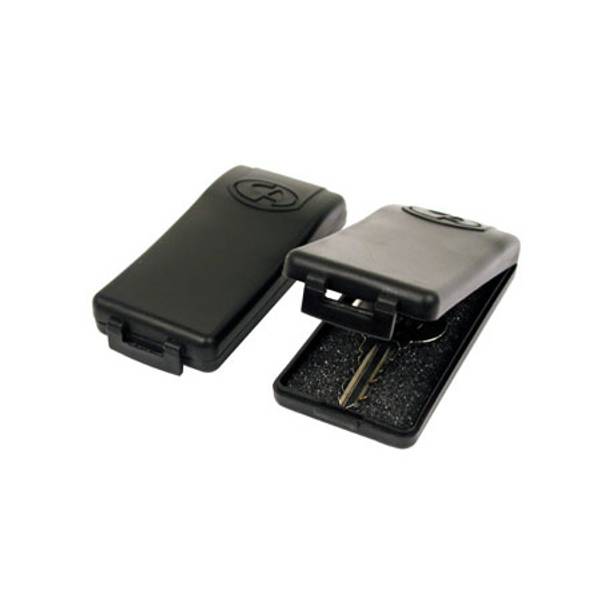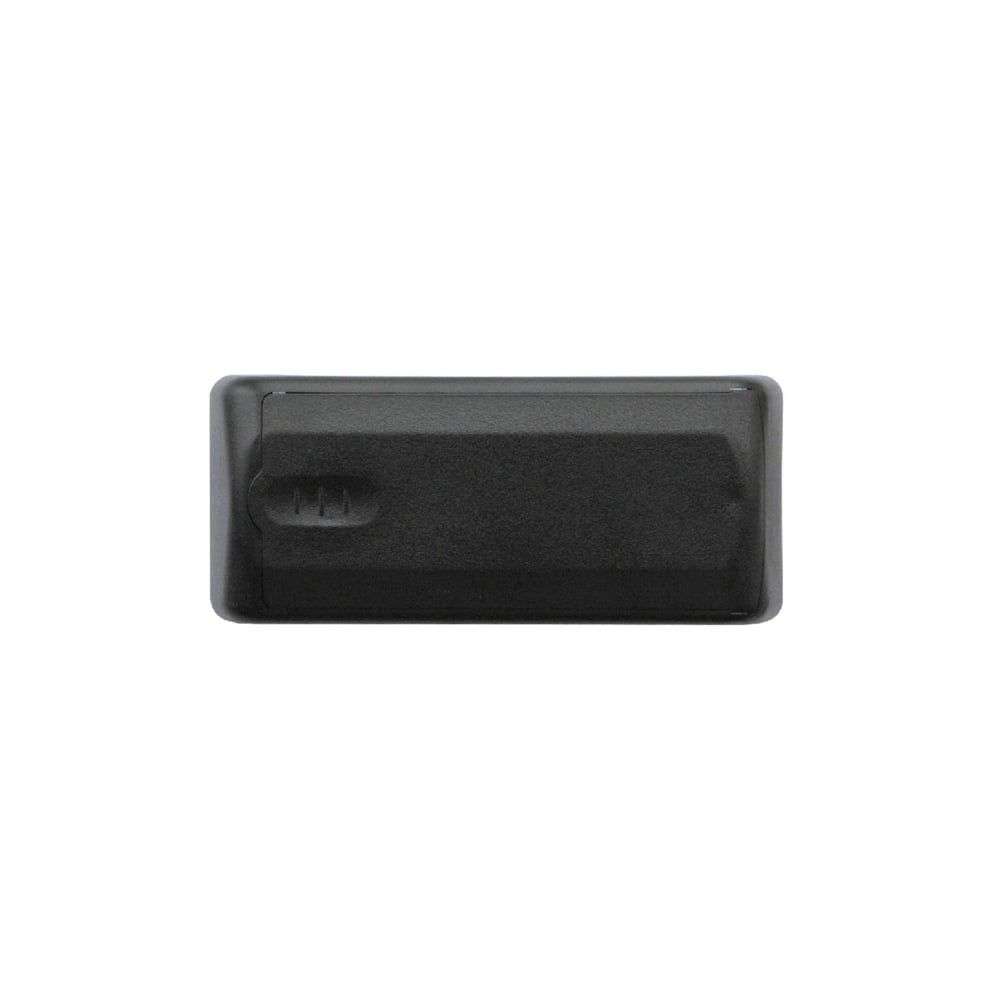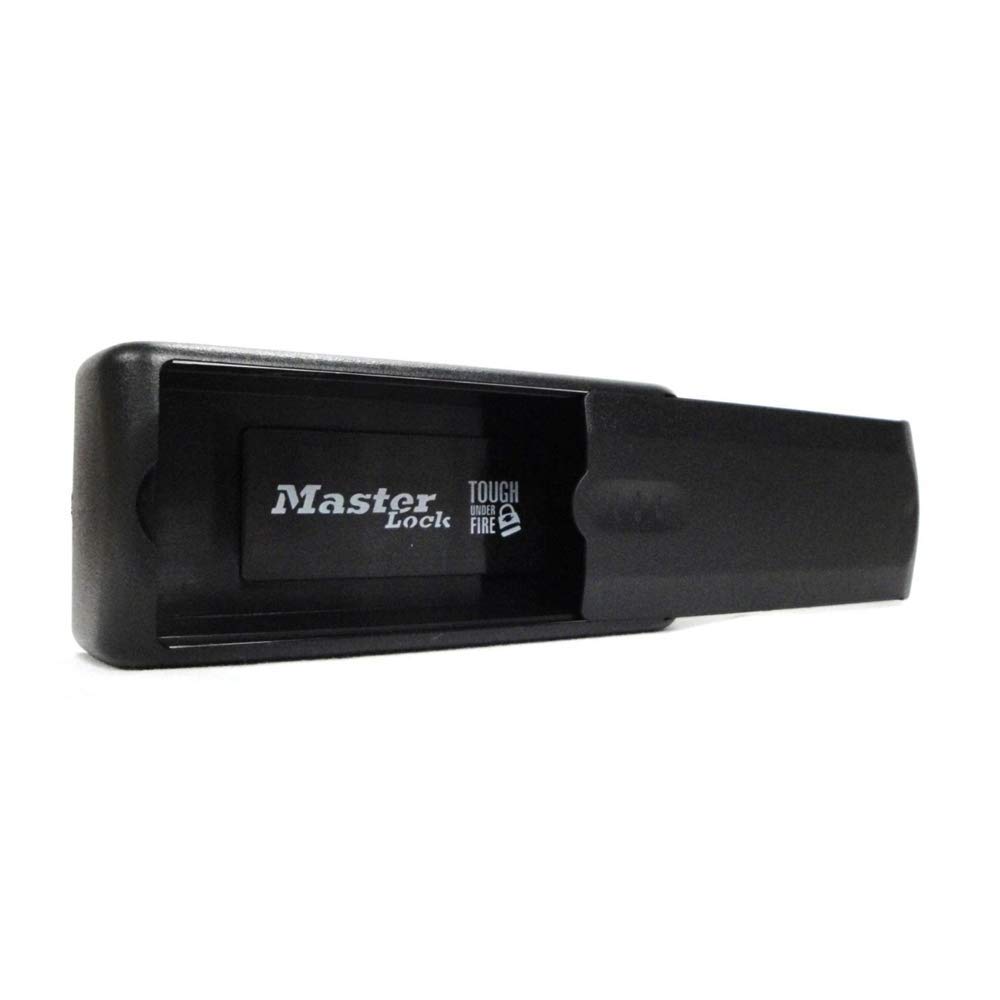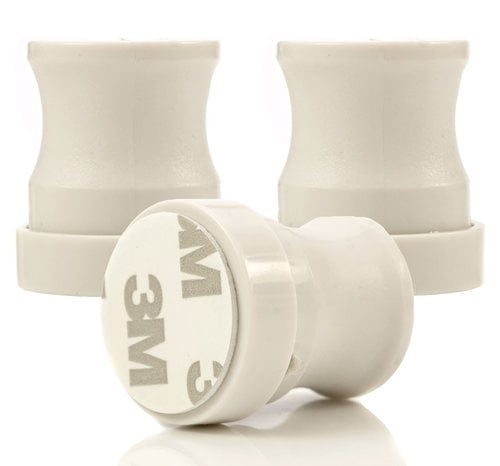

Chubb was awarded £100 after a trained lock-picker failed to break the lock after 3 months.

Chubb developed the Chubb detector lock, which incorporated an integral security feature that could frustrate unauthorized access attempts and would indicate to the lock's owner if it had been interfered with. A burglary in Portsmouth Dockyard prompted the British Government to announce a competition to produce a lock that could be opened only with its own key. The lever tumbler lock was greatly improved by Jeremiah Chubb in 1818. His double acting lever lock required the lever to be lifted to a certain height by having a slot cut in the lever, so lifting the lever too far was as bad as not lifting the lever far enough. The lever tumbler lock, which uses a set of levers to prevent the bolt from moving in the lock, was invented by Robert Barron in 1778. With the onset of the Industrial Revolution in the late 18th century and the concomitant development of precision engineering and component standardization, locks and keys were manufactured with increasing complexity and sophistication. 2004 Chinese lock and key from Yunnan Province, early 20th century Key anatomy Modern locks Tibetan Lock and key – Dhankhar Gompa, Spiti. In more recent times similar locks have been designed. They are often called drunk man's lock, however the reference to being drunk may be erroneous as these locks were, according to certain sources, designed in such a way a person can still find the keyhole in the dark, although this might not be the case as the ornaments might have been purely aesthetic. These locks are most likely Gothic locks, that were decorated with foliage, often in a V-shape surrounding the keyhole. Drunk man's lock at the bottom (black lock) and a regular modern lock at the topĪ special type of lock, dating back to the 17th-18th century, although potentially older as similar locks date back to the 14th century, can be found in the Beguinage of the Belgian city Lier. The practice had two benefits: It kept the key handy at all times, while signaling that the wearer was wealthy and important enough to have money and jewellery worth securing. 'The Romans invented metal locks and keys and the system of security provided by wards.' Īffluent Romans often kept their valuables in secure locked boxes within their households, and wore the keys as rings on their fingers. It is also said that the key was invented by Theodorus of Samos in the 6th century BC. The first all-metal locks appeared between the years 870 and 900, and are attributed to English craftsmen.

The warded lock was also present from antiquity and remains the most recognizable lock and key design in the Western world. When the key was removed, the pins fell part-way into the bolt, preventing movement. When the key was inserted, pins within the fixture were lifted out of drilled holes within the bolt, allowing it to move. Locks such as this were developed into the Egyptian wooden pin lock, which consisted of a bolt, door fixture or attachment, and key. Locks have been in use for over 6000 years, with one early example discovered in the ruins of Nineveh, the capital of ancient Assyria. History Premodern history Medieval Gothic lock, from the 15th–16th centuries, made of iron, in the Metropolitan Museum of Art (New York City)

Common metals include brass, plated brass, nickel silver, and steel. In more complex mechanical lock/key systems, two different keys, one of which is known as the master key, serve to open the lock. The key serves as a security token for access to the locked area locks are meant to only allow persons having the correct key to open it and gain access. In its simplest implementation, a key operates one lock or set of locks that are keyed alike, a lock/key system where each similarly keyed lock requires the same, unique key. A typical key is a small piece of metal consisting of two parts: the bit or blade, which slides into the keyway of the lock and distinguishes between different keys, and the bow, which is left protruding so that torque can be applied by the user. Mechanical or electronic fastening device A typical modern padlock and its keysĪ lock is a mechanical or electronic fastening device that is released by a physical object (such as a key, keycard, fingerprint, RFID card, security token or coin), by supplying secret information (such as a number or letter permutation or password), by a combination thereof, or it may only be able to be opened from one side, such as a door chain.Ī key is a device that is used to operate a lock (to lock or unlock it).


 0 kommentar(er)
0 kommentar(er)
